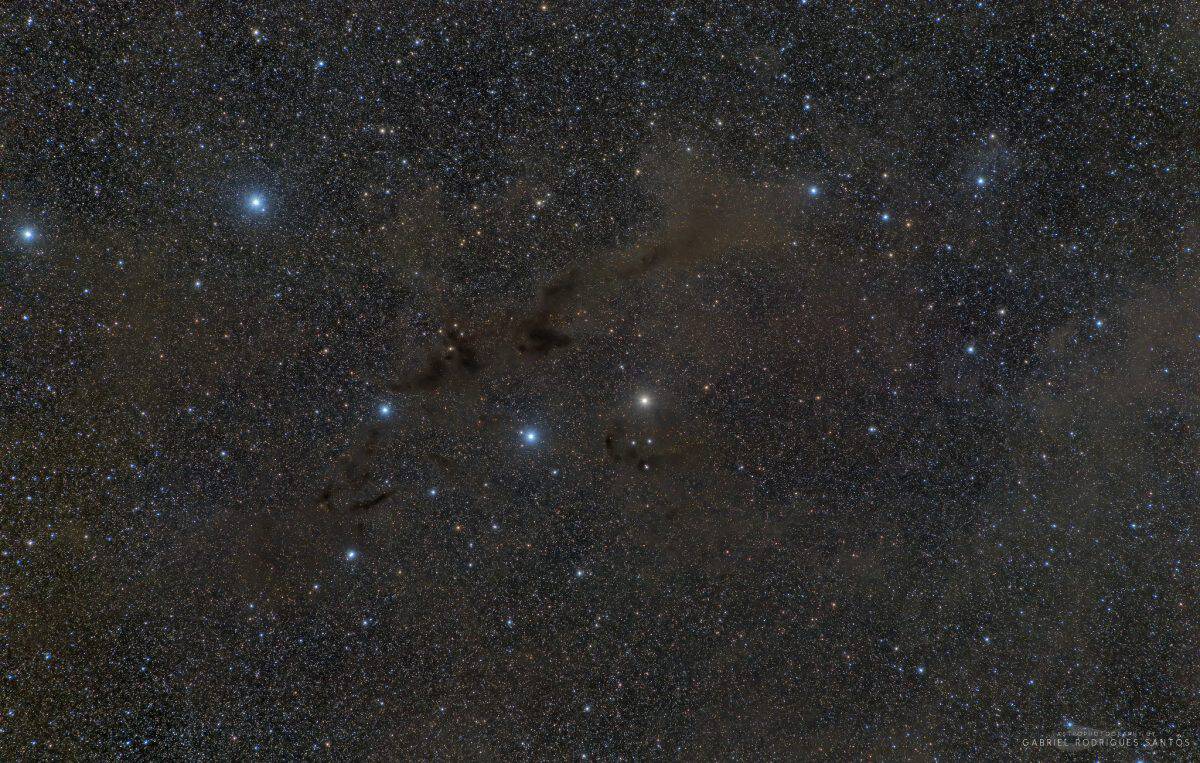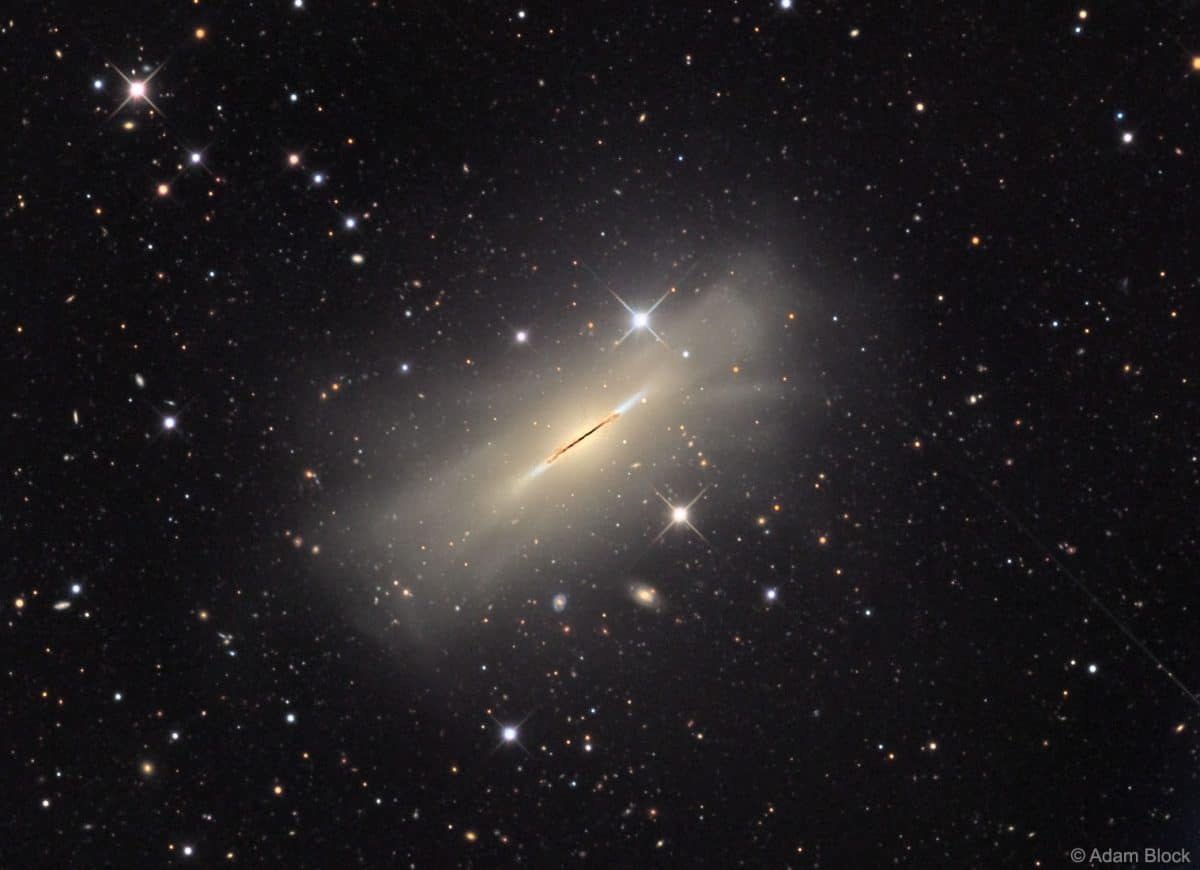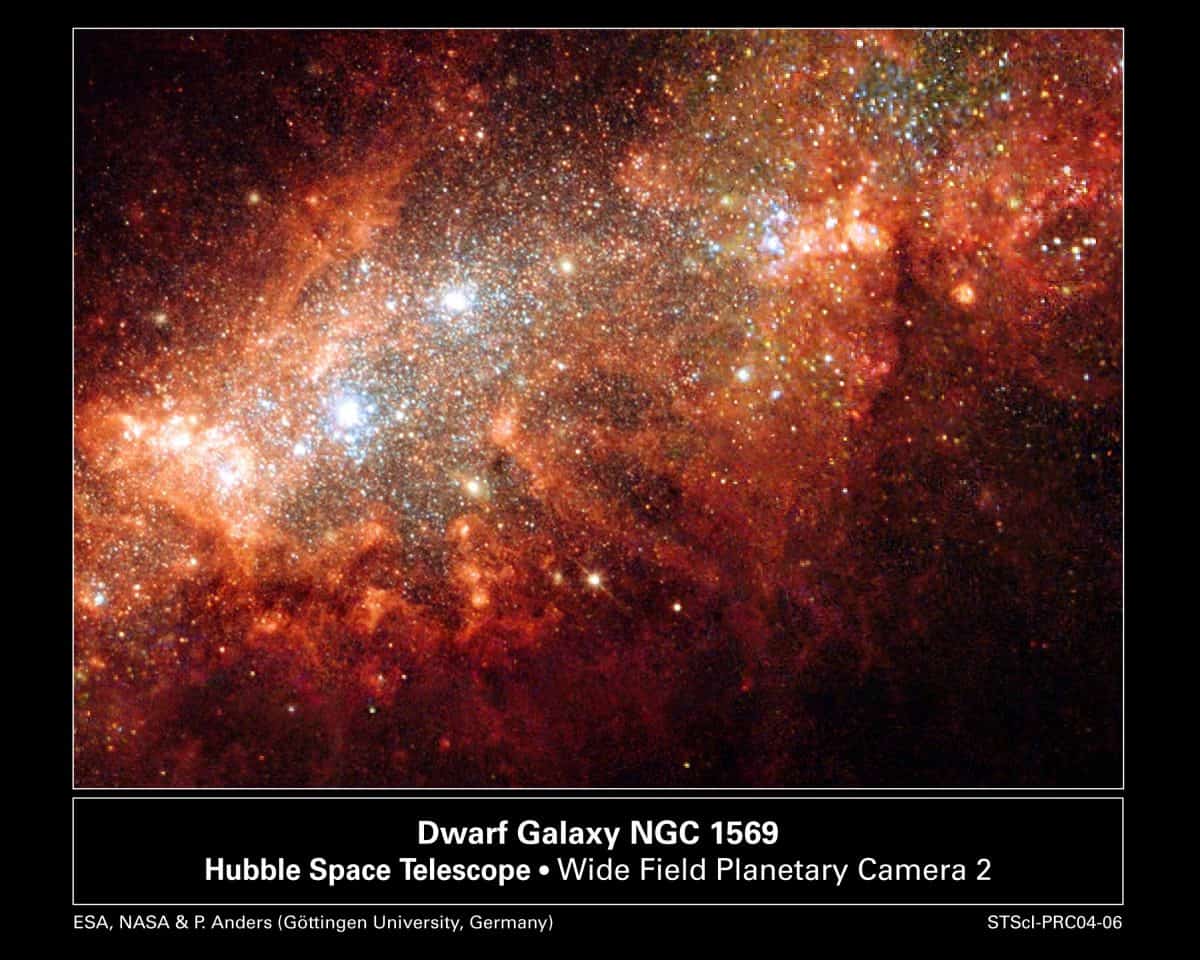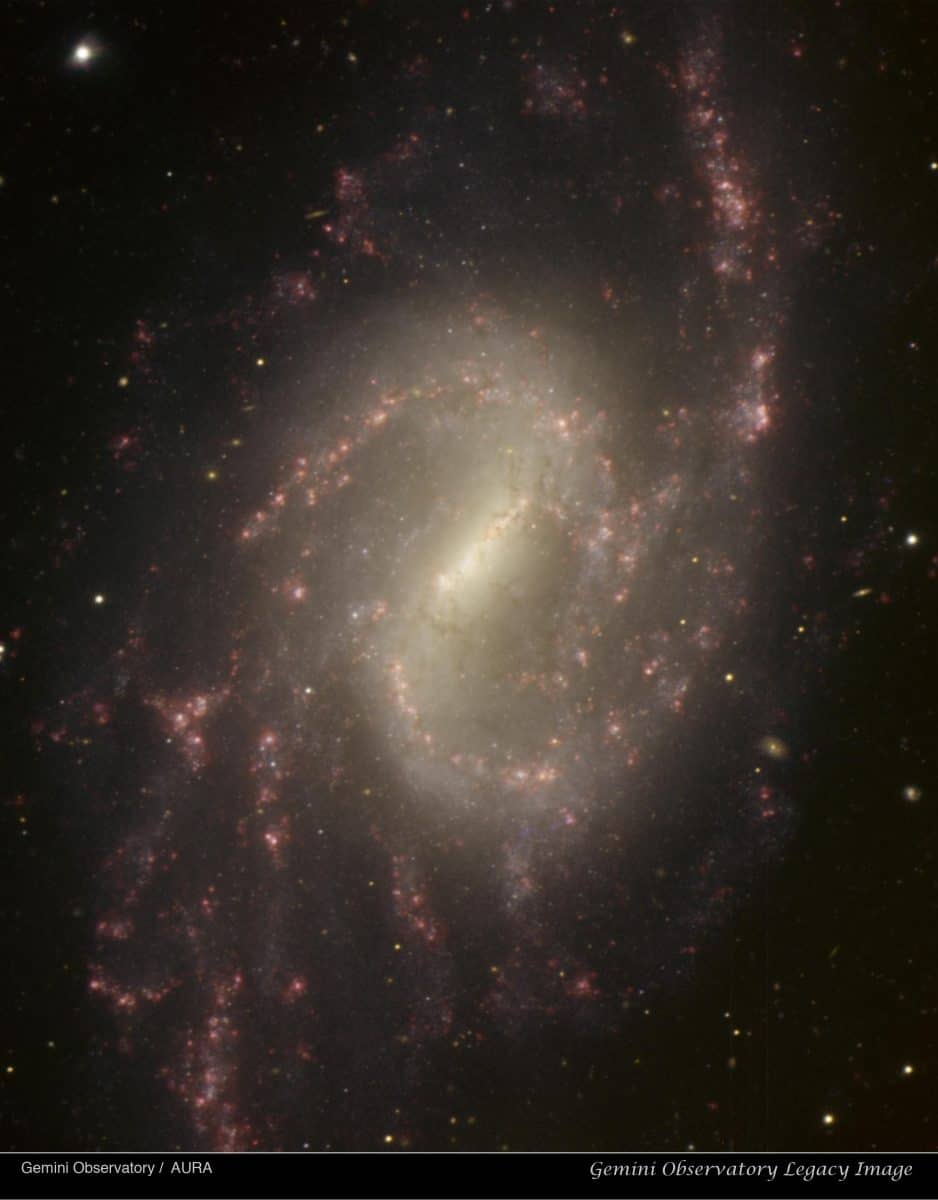Blog
July 27-1956 Los Angeles
Dale Fielder is an American jazz saxophonist, composer and band leader. He is a multi-instrumentalist who plays all four saxophones: soprano, alto, tenor and baritone with equal authority. He is known for his original compositions and choice of performing rare, obscure jazz classics as well as his varied group concepts and variety of presentations. Fielder has recorded over 14 CDs as a leader for various labels since he first appeared on the national jazz scene in 1993 with his first CD Free Flow.
Dale Fielder grew up in Midland, Pennsylvania, a suburb of Pittsburgh where he studied oboe, bassoon and tuba in the school system and clarinet, saxophone, composition and arranging privately with noted Pittsburgh area tenor saxophonist Phillip Celli. During his high school years, he also performed in the local territory R&B band, The Ohio Supremes, based out of Stuebenville OH, that was affiliated with the Stax Recording Company. Fielder is also a product of the University of Pittsburgh Jazz Studies Program, where he studied as an ethnomusicology major under Dr. Nathan Davis. Fielder’s debut jazz performance was as a member of the Joe Harris Quartet, former drummer of the Charlie Parker Quintet and Dizzy Gillespie Orchestra. After relocating to NYC, he was a recipient of a National Endowment for the Arts grant in 1984, studying with trumpeter/composer Frank Gordon and completed his first large work, The Aquarian for alto saxophone and chamber orchestra. While in NYC, he also performed with a host of current jazz stars such as pianist/composer Geri Allen and trombonist Robin Eubanks among many others.
After eight years in NYC, Fielder moved to Los Angeles and studied with alto legend, Charles McPherson. He then embarked on the challenging path of becoming a band leader, establishing the Dale Fielder Quartet, the DFQ, with pianist Harold Land, Jr. in 1988. After bursting on the national jazz scene with two top-twenty CDs: Free Flow (1993) and Know Thyself (1995), in 1996, Fielder recorded a very successful national top-ten CD, Dear Sir: Tribute To Wayne Shorter to widespread critical acclaim. In 1997, Fielder received his first commission and wrote the extended eleven-movement jazz suite, Ocean Of Love And Mercy, which was recorded in performance by an all-star Nonet and released by Cadence Jazz Records. He has since performed throughout Europe and Asia with his Quartet. Selected as BET’s 1999 Jazz Discovery winner, Fielder has taped several subsequent video appearances and shows for BET.
more...World Music on Flamenco Fridays with Sabicas.
Sabicas (proper name: Agustín Castellón Campos) (16 March 1912 – 14 April 1990) was a flamenco guitarist of Romani origin.
Sabicas was born in Pamplona, Spain, and began playing guitar at the age of five and made his performing debut two years later. His early style was influenced by Ramón Montoya, to whom he was related on his mother’s side of the family. Extensive collaboration with important cantaores (male flamenco singers) of the period helped him develop his personal style.
Leaving Spain in 1936 during the Spanish Civil War, he went into exile in South America with bailaora (dancer) Carmen Amaya. He lived in Mexico City, married Esperanza González Erazo and had four children: Maricruz 1944, Carlos 1946, Agustine 1952 and Margaret 1956. Agustine and Margaret live in New York City, Maricruz lives in Alaska, and Carlos is deceased. Amaya and Sabicas toured together several times. Sabicas later settled in New York City in the United States where he formed a life-long friendship and business association with classical guitarist Rolando Valdés-Blain. He did not return to his native Spain until 1967.
more...These dark markings on the sky can just be found in silhouette against a rich, luminous background of stars. Seen toward the southern constellation of Lupus the Wolf, the dusty, obscuring clouds are part of the Lupus Molecular Cloud some 500 light-years distant. Packs of low mass stars are forming within them, from collapsing cores only visible at long infrared wavelengths. Still, colorful stars in Lupus add to this pretty galactic skyscape. It spans about 8 degrees, not far from the central Milky Way.
more...
Sir Michael Philip Jagger (born 26 July 1943), known professionally as Mick Jagger, is an English singer-songwriter, musician, composer and actor who gained fame as the lead singer and one of the founder members of the Rolling Stones. Jagger’s career has spanned over five decades, and he has been described as “one of the most popular and influential frontmen in the history of rock & roll”.[3] His distinctive voice and performances, along with Keith Richards‘ guitar style have been the trademark of the Rolling Stones throughout the band’s career. Jagger gained press notoriety for his admitted drug use and romantic involvements, and was often portrayed as a countercultural figure.
Jagger was born and grew up in Dartford, Kent. He studied at the London School of Economics before abandoning his academic career to join the Rolling Stones. Jagger has written most of the Rolling Stones’ songs together with Richards, and they continue to collaborate musically. In the late 1960s, Jagger began acting in films (starting with Performance and Ned Kelly), to a mixed reception. He began a solo career in 1985, releasing his first album, She’s the Boss, and joined the electric supergroup SuperHeavy in 2009. Relationships with the Stones’ members, particularly Richards, deteriorated during the 1980s, but Jagger has always found more success with the band than with his solo and side projects.
In 1989, Jagger was inducted into the Rock and Roll Hall of Fame, and in 2004 into the UK Music Hall of Fame with the Rolling Stones. As member of the Stones, and as solo artist, he reached number one on the UK and US singles charts with 13 singles, the Top 10 with 32 singles and the Top 40 with 70 singles. In 2003, he was knighted for his services to popular music.
Jagger has been married (and divorced) once, and has also had several other relationships. Jagger has eight children with five women. He also has five grandchildren, and became a great-grandfather on 19 May 2014, when his daughter Jade’s daughter, Assisi, gave birth to a daughter. Jagger’s net worth has been estimated at $360 million.
https://www.youtube.com/watch?v=mjEfmkb0QY4
more...Charli Persip (born July 26, 1929) is an American jazz drummer. Born in Morristown, New Jersey, as Charles Lawrence Persip, and formerly known as Charlie Persip, he changed the spelling of his name to Charli in the early 1980s.
Persip attended West Side High School in Newark, preferring it over Newark Arts High School because he wanted to join the former’s football team. He later studied drums with Al Germansky in Newark, New Jersey. After playing with Tadd Dameron in 1953, he gained recognition as a jazz drummer as he toured and recorded with Dizzy Gillespie’s big and small bands between 1953 and 1958. He then joined Harry “Sweets” Edison’s quintet and later the Harry James Orchestra before forming his own group, the Jazz Statesmen, with Roland Alexander, Freddie Hubbard, and Ron Carter in 1960. Around this time, Persip also recorded with several other formidable jazz musicians, including Lee Morgan, Dinah Washington, Melba Liston, Kenny Dorham, Zoot Sims, Red Garland, Gil Evans, Don Ellis, Eric Dolphy, Rahsaan Roland Kirk, and Gene Ammons. Persip was also the drummer on the legendary “Eternal Triangle” recording, Sonny Side Up (Verve Records), featuring Sonny Rollins and Sonny Stitt. From 1960 to 1973 he toured as a drummer and conductor with Billy Eckstine.
Along with his performing activities, Persip has earned a reputation as an educator. Since 1974, he has been instructor of drums and music for Jazzmobile, Inc. in New York. He is currently (2008) Associate Professor at the New School for Jazz and Contemporary Music in Manhattan.
more...Erskine Ramsay Hawkins (July 26, 1914 – November 11, 1993) was an American trumpeter and big band leader from Birmingham, Alabama, dubbed “The 20th Century Gabriel”. He is most remembered for composing the jazz standard “Tuxedo Junction” (1939) with saxophonist and arranger Bill Johnson. The song became a popular hit during World War II, rising to No. 7 nationally (version by the Erskine Hawkins Orchestra) and to No. 1 nationally (version by the Glenn Miller Orchestra). Vocalists who were featured with Erskine’s orchestra include Ida James, Delores Brown, and Della Reese. Hawkins was named after Alabama industrialist Erskine Ramsay.
Erskine Hawkins was named by his parents after Alabama industrialist Erskine Ramsay who was rewarding parents with savings accounts for them for doing so. Hawkins attended Councill Elementary School and Industrial High School (now known as Parker High School) in Birmingham, Alabama. At Industrial High School, he played in the band directed by Fess Whatley, a teacher who trained numerous African-American musicians, many of whom populated the bands of famed band leaders such as Duke Ellington, Lucky Millinder, Louis Armstrong and Skitch Henderson (of the NBC Orchestra.)
https://www.youtube.com/watch?v=8ARRx6wuP1E&t=9s
more...From Turkey
more...What kind of celestial object is this? A relatively normal galaxy — but seen from its edge. Many disk galaxies are actually just as thin as NGC 5866, pictured here, but are not seen edge-on from our vantage point. A perhaps more familiar galaxy seen edge-on is our own Milky Way Galaxy. Cataloged as M102 and NGC 5866, the Spindle galaxy has numerous and complex dust lanes appearing dark and red, while many of the bright stars in the disk give it a more blue underlying hue. The blue disk of young stars can be seen extending past the dust in the extremely thin galactic plane. There is evidence that the Spindle galaxy has cannibalized smaller galaxies over the past billion years or so, including multiple streams of faint stars, dark dust that extends away from the main galactic plane, and a surrounding group of galaxies (not shown). In general, many disk galaxies become thin because the gas that forms them collides with itself as it rotates about the gravitational center. The Spindle galaxy lies about 50 million light years distant toward the constellation of the Dragon (Draco).
more...Steven Benjamin Goodman (July 25, 1948 – September 20, 1984) was an American folk music singer-songwriter from Chicago. He wrote the song “City of New Orleans,” which was recorded by Arlo Guthrie and many others including Joan Baez, John Denver and Judy Collins; in 1985, it received a Grammy award for best country song, as performed by Willie Nelson. Goodman had a small but dedicated group of fans for his albums and concerts during his lifetime, and is generally considered a musician’s musician. His most frequently sung song is the Chicago Cubs anthem, “Go, Cubs, Go“. Goodman died of leukemia in September 1984.
Born on Chicago’s North Side to a middle-class Jewish family, Goodman began writing and performing songs as a teenager, after his family had moved to the near north suburbs. He graduated from Maine East High School in Park Ridge, Illinois, in 1965, where he was a classmate of Hillary Clinton. Before that, however, he began his public singing career by leading the junior choir at Temple Beth Israel in Albany Park. In the fall of 1965, he entered the University of Illinois and pledged the Sigma Alpha Mu fraternity, where he, Ron Banyon, and Steve Hartmann formed a popular rock cover band, “The Juicy Fruits”. He left college after one year to pursue his musical career. In the early spring of 1967, Goodman went to New York, staying for a month in a Greenwich Village brownstone across the street from the Cafe Wha?, where Goodman performed regularly during his brief stay there. Returning to Chicago, he intended to restart his education but he dropped out again to pursue his musical dream full-time after discovering the cause of his continuous fatigue was actually leukemia, the disease that was present during the entirety of his recording career, until his death in 1984. In 1968 Goodman began performing at the Earl of Old Town in Chicago and attracted a following. By 1969, Goodman was a regular performer in Chicago, while attending Lake Forest College. During this time Goodman supported himself by singing advertising jingles.
more...Donald Johnson Ellis (July 25, 1934 – December 17, 1978) was an American jazz trumpeter, drummer, composer, and bandleader. He is best known for his extensive musical experimentation, particularly in the area of time signatures. Later in his life he worked as a film composer, contributing a score to 1971’s The French Connection and 1973’s The Seven-Ups.
Ellis was born in Los Angeles, California, on July 25, 1934. His father was a Methodist minister and his mother a church organist. He attended West High School in Minneapolis, MN. After attending a Tommy Dorsey Big Band concert, he first became interested in jazz. Other early inspirations were Louis Armstrong and Dizzy Gillespie. He graduated from Boston University in 1956 with a music composition degree.
more...Deepak became the disciple of world renowned gurus the late Ustad Chhamma Khan of Delhi Gharana, followed by his son Padamshree, and the late Ustad Shafaat Ahmed Khan. With such training, Mehta became a powerhouse performer of tabla. His electrifying performances captivate audiences, whether in the United State of America, other countries or motherland India.
more...The nearby dwarf galaxy NGC 1569 is a hotbed of vigorous star birth activity which blows huge bubbles that riddle the main body of the galaxy. The galaxy’s “star factories” are also manufacturing brilliant blue star clusters. This galaxy had a sudden onset of star birth about 25 million years ago, which subsided about the time the very earliest human ancestors appeared on Earth.
In this new image, taken with NASA’s Hubble Space Telescope, the bubble structure is sculpted by the galactic super-winds and outflows caused by a colossal input of energy from collective supernova explosions that are linked with a massive episode of star birth.
One of the still unresolved mysteries in astronomy is how and when galaxies formed and how they evolved. Most of today’s galaxies seem to have been already fully formed very early on in the history of the universe (now corresponding to a large distance away from us), their formation involving one or more galaxy collisions and/or episodes of strongly enhanced star formation activity (so-called starbursts).
While any galaxies that are actually forming are too far away for detailed studies of their stellar populations even with Hubble, their local counterparts, nearby starburst and colliding galaxies, are far easier targets.
NGC 1569 is a particularly suitable example, being one of the closest starburst galaxies. It harbors two very prominent young, massive clusters plus a large number of smaller star clusters. The two young massive clusters match the globular star clusters we find in our own Milky Way galaxy, while the smaller ones are comparable with the less massive open clusters around us.
NGC 1569 was recently investigated in great detail by a group of European astronomers who published their results in the January 1, 2004 issue of the British journal, Monthly Notices of the Royal Astronomical Society. The group used several of Hubble’s high-resolution instruments, with deep observations spanning a wide wavelength range, to determine the parameters of the clusters more precisely than is currently possible from the ground.
The team found that the majority of clusters in NGC 1569 seem to have been produced in an energetic starburst that started around 25 million years ago and lasted for about 20 million years. First author Peter Anders from the Gottingen University Galaxy Evolution Group, Germany says “We are looking straight into the very creation processes of the stars and star clusters in this galaxy. The clusters themselves present us with a fossil record of NGC 1569’s intense star formation history.”
The bubble-like structures seen in this image are made of hydrogen gas that glows when hit by the fierce winds and radiation from hot young stars and is racked by supernovae shocks. The first supernovae blew up when the most massive stars reached the end of their lifetimes roughly 20-25 million years ago. The environment in NGC 1569 is still turbulent and the supernovae may not only deliver the gaseous raw material needed for the formation of further stars and star clusters, but also actually trigger their birth in the tortured swirls of gas.
The color image is composed of 4 different exposures with Hubble’s Wide Field and Planetary Camera 2 through the following filters: a wide ultraviolet filter (shown in blue), a green filter (shown in green), a wide red filter (shown in red), and a Hydrogen alpha filter (also shown in red).
more...Charles McPherson (born July 24, 1939) is an American jazz alto saxophonist born in Joplin, Missouri, and raised in Detroit, Michigan, who worked intermittently with Charles Mingus from 1960 to 1974, and as a performer leading his own groups.
McPherson also was commissioned to help record ensemble renditions of pieces from Charlie Parker on the 1988 soundtrack for the film Bird.
more...William Taylor (July 24, 1921 – December 28, 2010) was an American jazz pianist, composer, broadcaster and educator. He was the Robert L. Jones Distinguished Professor of Music at East Carolina University in Greenville, and from 1994 was the artistic director for jazz at the John F. Kennedy Center for the Performing Arts in Washington, D.C.
A jazz activist, Taylor sat on the Honorary Founders Board of The Jazz Foundation of America, an organisation he started in 1989, with Ann Ruckert, Herb Storfer and Phoebe Jacobs, to save the homes and the lives of America’s elderly jazz and blues musicians, later including musicians who survived Hurricane Katrina.
Taylor was also a jazz educator, who lectured in colleges, served on panels and travelled worldwide as a jazz ambassador. Critic Leonard Feather once said, “It is almost indisputable that Dr. Billy Taylor is the world’s foremost spokesman for jazz.”
Taylor was born in Greenville, North Carolina, but moved to Washington, D.C., when he was five years old. He grew up in a musical family and learned to play different instruments as a child, including guitar, drums and saxophone. He was most successful at the piano, and had classical piano lessons with Henry Grant, who had educated Duke Ellington a generation earlier. Taylor made his first professional appearance playing keyboard at the age of 13 and was paid one dollar.
more...This image of NGC 3359 was obtained with the Gemini Multi-Object Spectrograph (GMOS) on the Gemini North telescope on Mauna Kea in Hawai‘i. The circular pinwheel shape with the easily recognized spiral arm structure makes it straightforward to classify this object as a spiral galaxy, however, it is the presence of the straight ‘bar’ in the center of the galaxy that distinguishes NGC 3359 from many other spirals. Recent research has shown that the central bar in this galaxy is relatively young; it is only 500 million years old (as compared to the several billion year age of the galaxy). Astronomers are still trying to understand how large features like the bar form and how long they last as a galaxy like NGC 3359 evolves. In addition to its central bar NGC 3359 is known for its many regions of star formation (so-called [H II] regions) that are visible across its disk. In this image the [H II] regions are seen as the light red patches visible throughout the image. There are approximately 100 [H II] regions in NGC 3359 which makes it an example of intense star formation. An example of an [H II] region in our own galaxy, where many tens of young stars have recently been born, is the famous Orion Nebula. The color-composite image is actually made of four individual images taken in the g (blue), r (green), i (orange) and h-alpha (red) filters. NGC 3359 is a moderately large object in the sky. The angular size of this image is 4.3 x 5.3 arcminutes. It is a relatively close example of a spiral galaxy at a distance of roughly 49 million light-years. NGC 3359 is located in the constellation Ursa Major and has an apparent magnitude of 10.5. It is easily visible in amateur-sized portable telescopes.
more...More Posts
- The Cosmos with M1
- Roger Waters Day
- Charles Moffett Day
- Eddie Duran Day
- Jimmy Reed Day
- Buddy Bolden Day
- World Music with Saraswathi Ranganathan
- Daily Roots with Roots Radics/King Tubby
- Surviving the Pandemic and Realizing Racial Justice
- The Cosmos with M42
- Dweezil Zappa Day
- Buddy Miles Day
- Albert Mangelsdorff Day
- John Cage Day
- Sunnyland Slim Day
- World Music with Songhoy Blues
- Daily Roots with Barrington Levy
- Music for Surviving the Pandemic and Realizing Racial Justice
- The Cosmos with NGC 7380
- Bireli Lagrene Day



